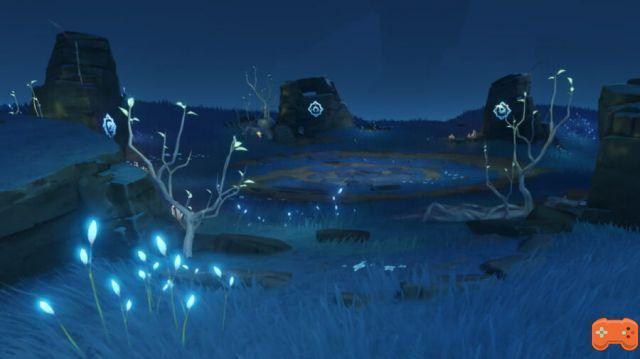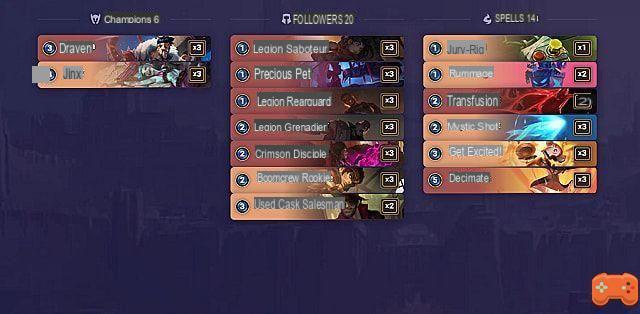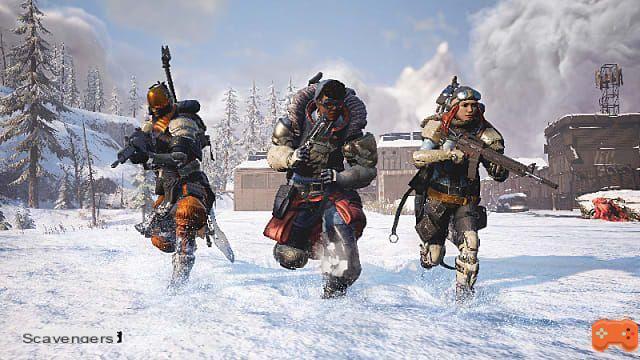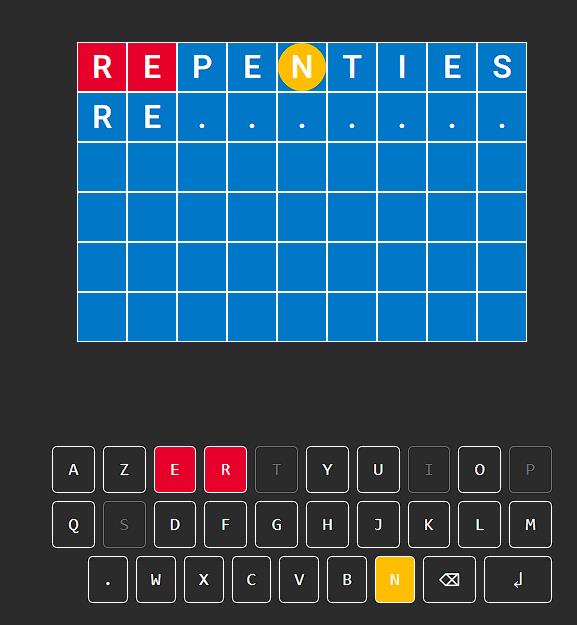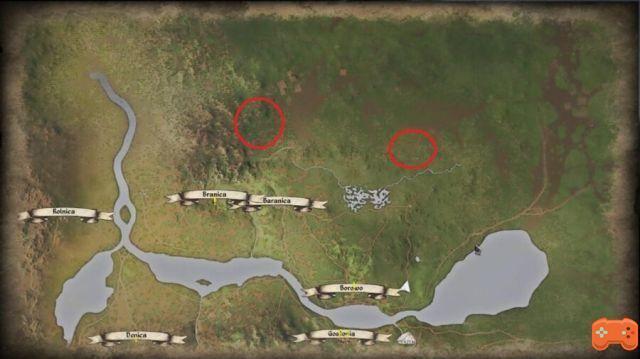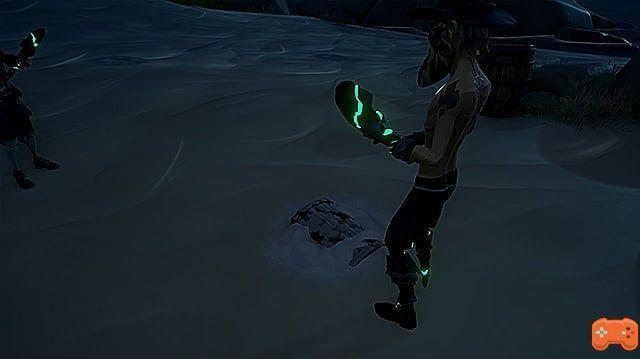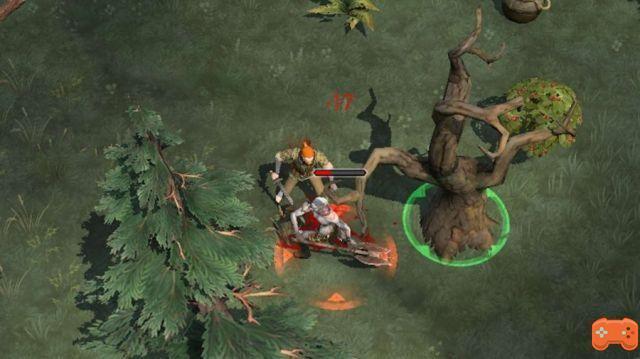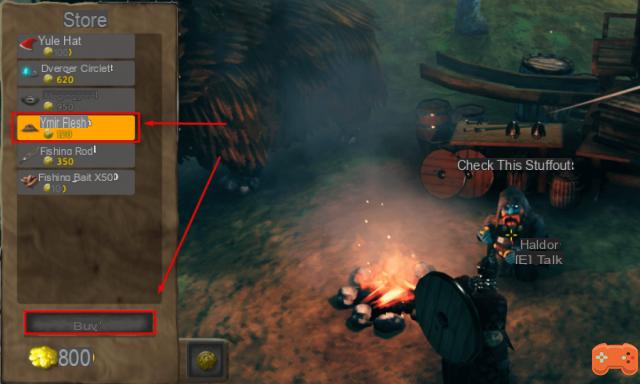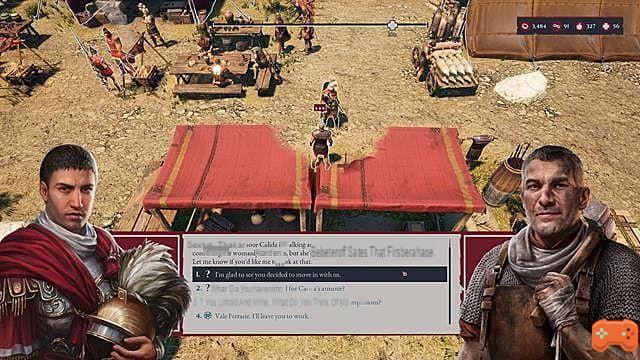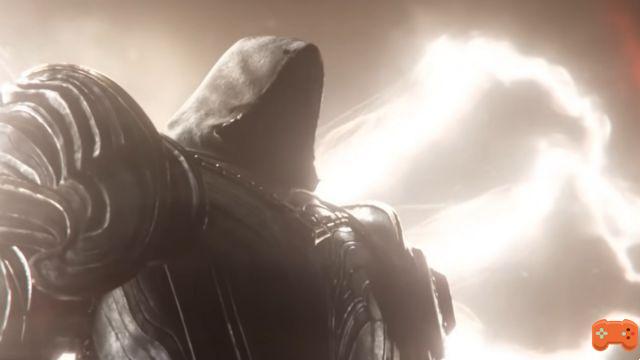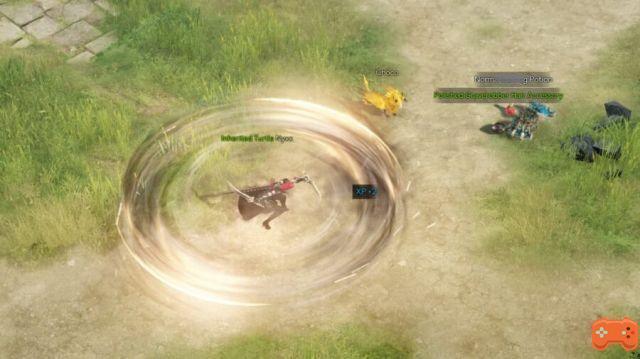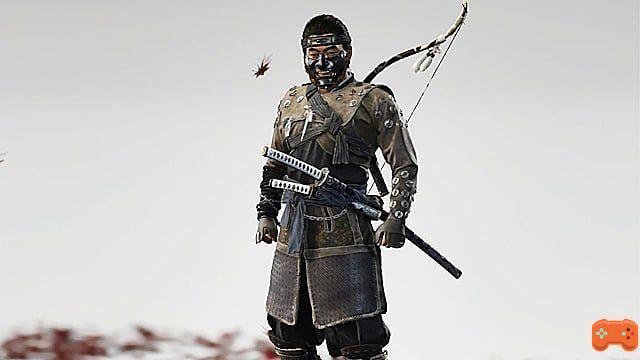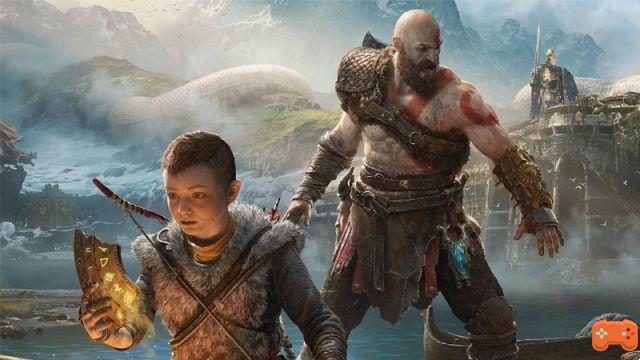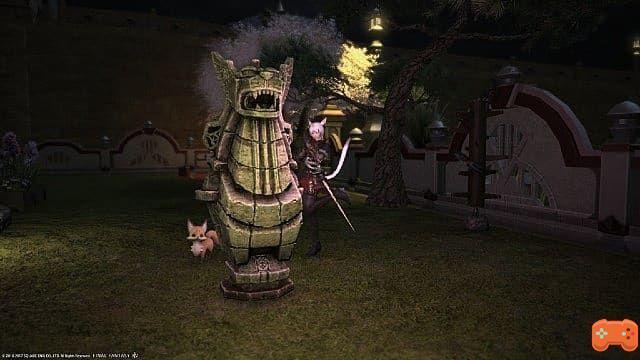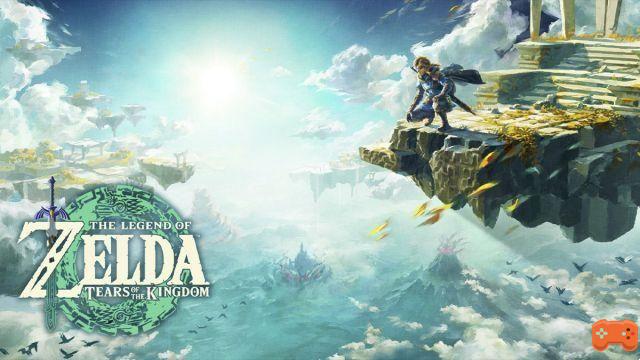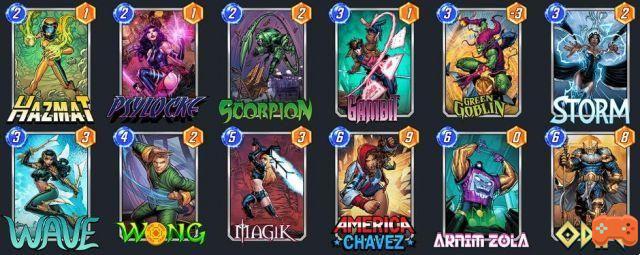Baldur's Gate 3 is a very complex and rewarding RPG. Since it's directly based on Dungeons & Dragons 5th Edition, that means familiarity with the tabletop D&D ruleset is extremely helpful, but not necessary. Regardless of your prior knowledge, combat can feel overwhelming in BG3.
I've been playing (but mostly DM) D&D 5E on and off for over six years with everyone from veterans to brand new players, and still had to re-learn and adapt some knowledge when starting Baldur's Gate 3. Needless to say That's a lot to take in because, at the time of writing, Baldur's Gate 3 is still very much in Early Access and lacking in-depth tutorials.
In this combat tips guide, I'll cover the basics of combat and general mechanics to familiarize you with what it means and how to succeed. I also have an advanced combat guide, which you can see here if you're already familiar with what's below.
Baldur's Gate 3 Bases and Combat Mechanics
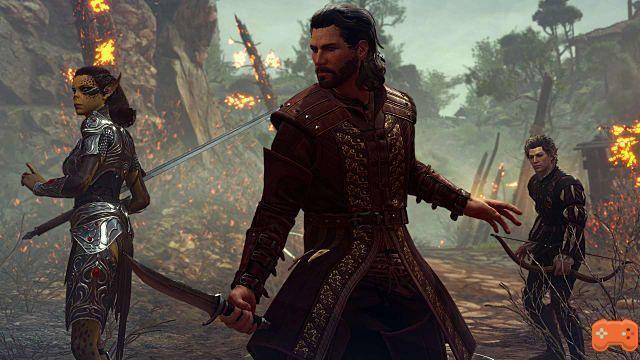
Before we get into the details of how to become a real badass in the world of Baldur's Gate 3, we need to go over a few basics.
Whether you've played classic Baldur's Gate games, other old-school top-down RPGs, or even Divinity Original Sin 1 or Divinity Original Sin 2, Baldur's Gate 3 has some major differences.
It's basically just D&D 5E, so if you're familiar with that, you're going to be approaching it from a knowledgeable place.
Agir
First of all, Baldur's Gate 3 has a turn-based combat system that allows you to freely move around the map and perform actions, very similar to Divinity Original Sin. However, it is essential to understand the types of actions you can take each turn.
Baldur's Gate 3 doesn't use an AP (action point) system at all, but breaks things down into action types. At the core of the game, there are three main types of actions that occur each turn: move action, standard action, and bonus action.
During a character's turn, you can move up to your full speed/distance, which is usually 9 feet. It can be broken down into several small moves, one long move – it doesn't matter. You can also do a standard action, which is usually something like an attack, using an item or item, casting a spell, etc.
Finally, there's the bonus action, which is usually a bit different for each class. Things like plunging a weapon into fire are a bonus action for everyone, and some classes can do flippant attacks as a bonus action or use minor spells. It just varies.
It is essential to know that you can mix and match them however you see fit. So you can climb up a ledge to reach the high ground, fire your bow at an enemy, then drop back down to take cover – then try to hide as a bonus action in a single turn. It's quite versatile.
attacks-damage-and-benefits">Attacks, damage and benefits
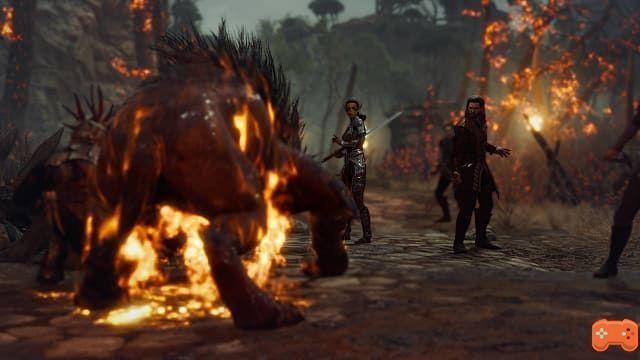
Now, let's explain the difference between attacks, damage, saving throws, etc.
attacks
Your attack stat is the probability of your attack hitting your target and is always calculated using a 20-sided die, or a d20. Think of it as the accuracy of your swing or arrow if you're proficient with a weapon (meaning your character knows how to use it well), which gives a bonus to attack.
Damage
Separately, your damage is exactly what it sounds like. Damage is presented as a die roll on each weapon you equip, along with your modifiers and bonuses. For example, a sword that is 1d6+2 means a six-sided die is rolled, and whatever number appears, +2, is your damage.
For example, if your Rogue is proficient with a longbow that deals 1d8 +2 damage, then on your character sheet (press "N" to see it) it will show a +5 bonus to attack rolls with ranged weapons. This means that in real D&D you would roll a d20 and add 5 to the result to see if you hit the enemy.
This number must match or beat the enemy's AC (armor class) for your hit to register. So if that goblin has an AC of 13 and you roll a 9 on a d20, you add 5, which gives you 14. Boom, that's a success! Then you roll an eight-sided die and add 2 to that number. It's your damage.
How it works
In D&D you physically roll all those dice to see what happens, but in Baldur's Gate 3 Larian sums it up for you. When you hover over an enemy, the game just shows you a percentage which is basically your attack and damage stats applied to that situation.
This is all a bit more complicated due to other factors such as advantage, disadvantage and other bonuses.
In D&D, if you have advantage, that means you can roll two d20 dice and choose the higher number as the result. The downside, of course, means you get two and pick the lower. Again, Baldur's Gate 3 just does the math to figure out what that means for your target percentage for you.
There are also sneak attacks from stealth, threat, proximity to enemies, and more. If you want to know all the factors in play, it appears under the enemy's nameplate when you hover over them.
save throws
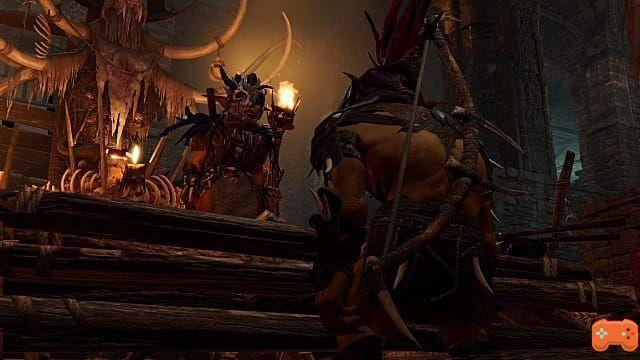
Some abilities will allow a character to make a saving throw instead of checking the attack roll against AC. This is most often used for certain spells and status effects.
For example, let's say you cast the spell Acid Splash, which attacks an enemy's Dexterity. Instead of rolling your attack die to try and hit them, you cast the spell, then the character must succeed on a Dexterity saving throw.
The number they need to hit is based on their resistance and whatever your spell casting modifier is. If the enemy is proficient, he gains saving throw bonuses. If they fail to cast, it usually results in more damage or something.
Saving throws are also used for other things like whether or not you trigger a trap, whether or not you are poisoned, whether or not you slip on the ice, etc. You should try to put your characters in situations that they would excel in, like high dexterity characters like thieves looking for traps or high strength characters like fighters near ledges so they can resist getting hit. hustle.
Rescue Jets
There are also rescue jets. Once a character reaches 0 HP, you are in a downed state. On each subsequent turn, your character will need to make a saving throw or roll a 10 or more on a d20 to not fail. If they fail three times, they are completely dead. If they pass three times, they are stabilized and conscious at 1 HP.
When a character dies in Baldur's Gate 3, they are dead unless you can revive them. But raises are rare, especially at lower levels.
Repos court vs repos long
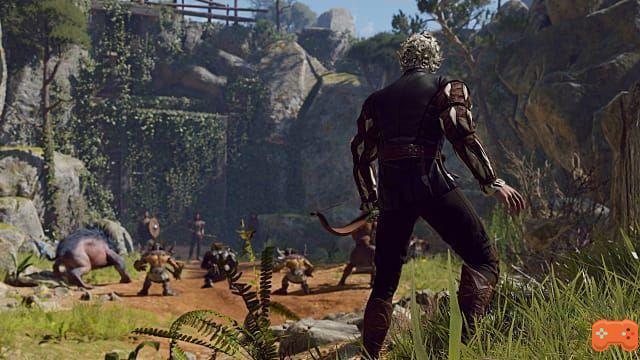
Between combat rounds, you will need to use the rest system. There are two types of rest: short rest and long rest.
You can use a short rest between long rests as a quick way to refill some health and recharge any abilities that indicate recharging after a short rest. You can take a brief rest instantly, wherever you are.
Long rests are a bit different. Long rests will advance time by at least eight hours and convert to the next day. I haven't missed any really time-sensitive things that I'm aware of due to a long rest, but it's highly likely that in-game quests and events will be affected by this. Time is a common thing to keep in mind in real D&D.
What I hope Larian adds or changes in Early Access
This section might appear like a list of grievances, but it's actually a great compliment. Larian Studios did such an amazing job adapting tabletop D&D into a video game, arguably the best adaptation I've ever seen, to be honest, that I can't help but wish it was still more perfect.
As a result, there are still a few features and aspects that I would like to see added or tweaked a bit. To stay on topic, I'm not going to stress that iconic classes like Druids and Paladins aren't yet available during character creation or that Dragonborn, Gnomes, and other races are missing. main ones – but yeah, that stuff too.
Here are a few things I'd like to see added or changed:
L'action Dodge
Instead of using your standard action on an attack or something else, you can perform the Dodge action. Think of it as your character preparing to be attacked and trying to avoid the hit. This action ensures that anyone attacking you until the start of your next turn will have disadvantage on that attack. You also have advantage on all Dexterity saving throws. This is a crucial missing feature that would be very useful to have as a fallback in sticky situations.
Prepare for attacks
This concept is a classic of turn-based tactical games, whether tabletop games or video games. In XCOM it's called Overwatch, but the idea is that you "prepare" an attack and give it a certain condition to trigger.
For example, a thief can hit an arrow and point it at a door, and it will shoot immediately if someone enters. Or a fighter prepares a swing for an enemy to approach rather than approaching the enemy.
Show combat rolls
Currently, the default UI shows you the percentage chance you have of landing a hit in combat. It calculates this based on dice rolls and does the math for your modifiers, advantage or disadvantage, etc. It just tells you the raw percentage.
I would prefer the option to see the dice roll math on screen for each attack instead. You can see some of it in the battle log on the right side, but it's not the same. Dice animation would be another cool feature, similar to skill checks in conversations.
There's a lot more I'd like to see added to Baldur's Gate 3, and there are tons of other great tips for improving combat success. Be sure and check out my Advanced Tactics guide linked at the top of this guide for even more in-depth details on specific things you can do in fights to gain an edge!




